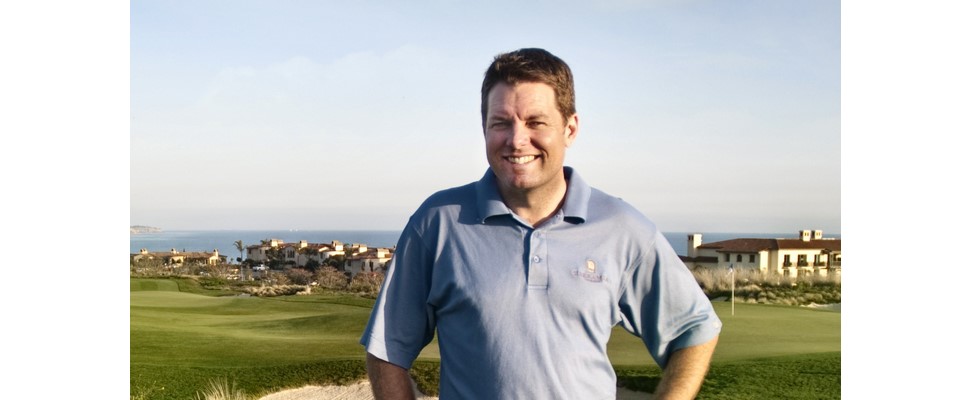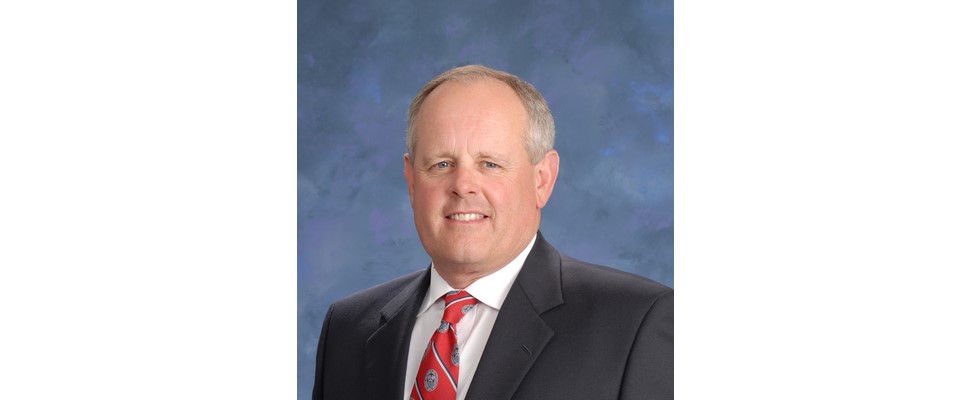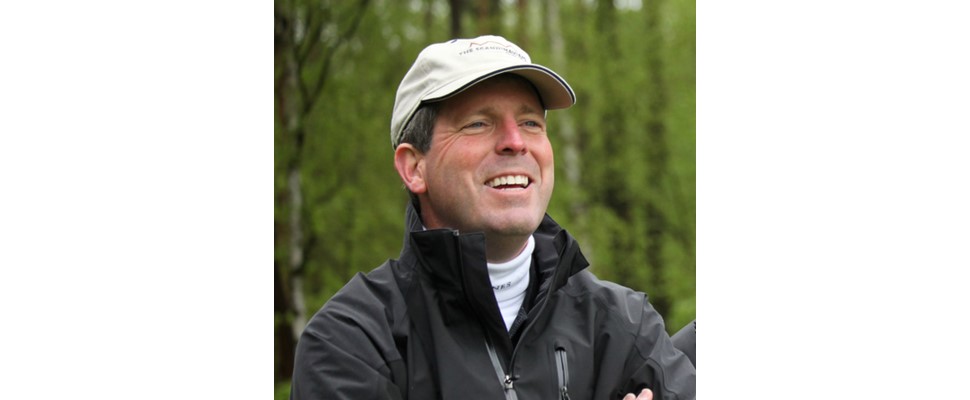AUGUSTA, GA. The start of The Masters signals many things. The passage from the cold dreary days of winter to the abundance of life and color that harkens spring.
When co-creators Bob Jones and Dr. Alister MacKenzie brought to life Augusta National Golf Club the premise was simple: create an inland version of the course both men adored – The Old Course at St. Andrews.
Over the years Augusta National has been changed – although the more preferred word uttered by former chairman Clifford Roberts when itemizing the actions taken by the club was “improvements.”
Jones himself smartly flipped the nines after the first event in 1934 to maximize the drama one sees today on the inward side.
As golf equipment improved and the skill level of players rose the need to upgrade the golf course became a constant topic of intrigue as the club never tipped its hand on what might happen from one year to the next.
Augusta National is the only major event played on the same course each and every year. That sort of familiarity has proven a clear edge for those who have played the layout many times over the course of a career.
Each of the “improvements” has been critiqued to assess whether the original Jones / MacKenzie philosophy still holds true. For some it does not, One can only wonder if the need to rein in the advances by elite players and the accompanying technological improvements to clubs and balls have forced the hand of the club to act.
The style of the course, as envisioned by Jones and MacKenzie, was to provide wide landing areas for one’s tee game but then intensify the challenges with putting surfaces providing a wide range of vexing riddles to solve.
To sort such matters out, Golf Today reached out to a distinguished grouping of practicing architects to weigh in on one of the most watched and revered golf clubs in the world.
***
When you hear the words Augusta National Golf Club – what comes to mind immediately?
Jay Blasi: The Masters. The 13th hole. The piano music from the telecast.
John Fought: Tradition. Augusta National is one of the great cathedrals to the game of golf and a place where all of the legends of the past 100 years have played and competed.
Bruce Charlton: I first think of immaculate conditions for play. Their standard of excellence and consistency in concert with conditioning is unparalleled.
Second thing? The roars on Sunday – and the way they reverberate across the entire property. It’s crazy.
Todd Eckenrode: Dr. Alister MacKenzie, Bobby Jones, Ben Crenshaw’s emotions in winning in 1995; Jack Nicklaus’ incredible back nine in his last win in 1986; Tiger Wood’ss chip-in on 16 in 2005 and his later unlikely comeback victory in 2019. Walking the grounds – still waiting on my invitation to play – Jim Nantz’s preamble, the drama of Amen Corner.
Forrest Richardson: The history, the lore and the amazing stories that have been played out at the course.
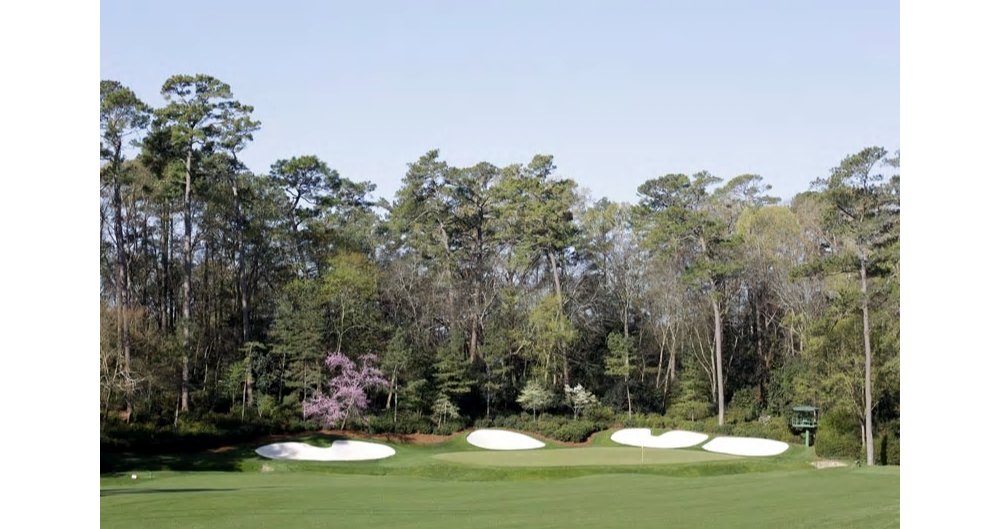
If you could ask Bob Jones and Alister MacKenzie one question about the work they created, at Augusta National – what would you ask them?
Forrest Richardson: I’d like to know who all was involved. Over the years there has been lots of speculation about just how the design and the course came to be. Was it 50% MacKenzie, or less or more? Who else played a role, and why throughout the years has it not been better documented?
I’ve always enjoyed asking similar questions to golf architects, especially when I ‘thought’ I knew the history. Of course, Jones and MacKenzie would not know about the more recent history, but I’d like to hear what they did know.
John Fought: Do the greens provide the excitement they envisioned? To me, Augusta National has one of the most interesting set of greens complexes in the game of golf.
Todd Eckenrode: Out of curiosity did you have other routing options and what were they?
Bruce Charlton: I would ask them how many routing plans it took for them to come up with the final one. I am curious how many versions were considered before they arrived at their final.
Jay Blasi: It would be hard to ask just one question but I think I would want to discuss their goals for angles on the golf course. Which angles did they envision on the holes, and what would that mean for bunkering, options off the tee, golf ball runout, or hole locations on greens.
What do you think Jones and MacKenzie would think of the most recent changes made at Augusta National including lengthening the 5th, 7th, 11th, 13th and 18th holes to name several? And with the narrowing of landing areas, inclusion of trees in the drive one and the reverse cutting of fairway grass.
Bruce Charlton: Jones was a great player and MacKenzie, the preeminent architect of his time. Given those credentials, I think they would endorse and applaud these changes.
They’d be “all in” to what has been modified and probably would have come up with a few creative ways of their own to challenge the players.
Todd Eckenrode: I don’t know if Jones in particular would be against lengthening the holes in general, as he was a player and would understand what has happened to the course with the distances balls travel.
However, I highly doubt he or MacKenzie would have recommended long “walk backs” and disconnection to such holes and the disruption to flow in the round and how it should be connected. Until similar modern changes at The Old Course, which was their inspiration here, this certainly wasn’t prevalent. As to narrowing fairways with tree plantings absolutely not!
John Fought: For me, it’s hard to imagine they would be anything but thrilled with the excitement that is generated on the back nine. I think they would not like the fact that the golf ball has been allowed to travel so far.
I think they would realize the golf course needed lengthening but they would not be happy with some of the changes, particularly the lengthening at the 7th. This hole is far from its original.
Forrest Richardson: I suspect they would agree, or at least mostly agree. Now, that doesn’t mean they wouldn’t also question the hitting length of modern players, the equipment changes, etc.
My hunch is that it would be a twofold discussion. On one hand why the players are now so long, and on the other, what to do about it so the holes still have relevance.
Jay Blasi: Many of these changes seem to run counter to their written philosophies so I assume they may not approve. However, it would be very interesting to hear from both on how they would have adjusted the course to address distance gains and maintenance evolution.
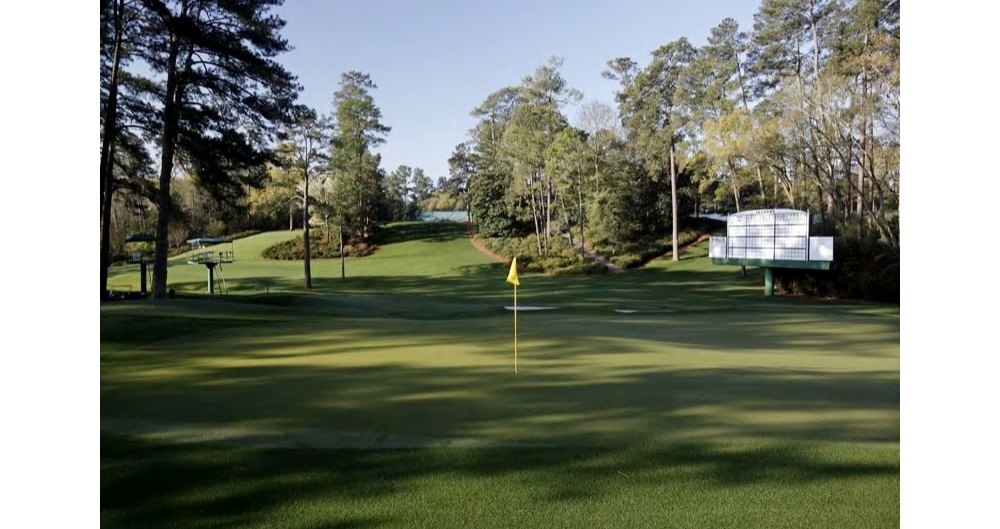
Jones and MacKenzie envisioned Augusta National being an inland version of The Old Course at. St. Andrews. Does that linkage still hold true today?
Jay Blasi:I am unfamiliar with how the course plays throughout the year. Having said that, most Masters in recent memory have tended to play soft and as such angles and the ground game have been minimized.
It is hard to see that linkage given the weather, course changes and agronomic practices even if the landforms and layout could still offer a good connection to The Old Course.
John Fought: It does not for me. The golf holes on the current course are heavily tree lined and the bunkering is very manicured. To me this is the antithesis of the Old Course.
The Old Course is much more open with various options for play. I think since ANGC has been heavily treed it has taken away many of the strategic options.
Bruce Charlton: I’ve never seen that linkage in my mind. Augusta National is almost the total opposite of the Old Course. Perhaps, some of the green complexes – like the 8th at Augusta – might have some features taken from the Old Course.
In my mind, St. Andrews is a rough, rugged, somewhat “ugly” test of golf, while Augusta is a lush, beautiful test.
Forrest Richardson: If we’re comparing The Old Course – yes – let’s face it, at St. Andrews, the original version, had no town, no sheds on 17, and no tight areas such as we now see at the 1st and 18th with the shadows of the buildings blocking out the sun as you finish the round.
The Old Course has evolved, and there is nothing wrong with that — in fact, it’s perhaps even more charming and full of spirit. Things change. Golf courses are no exception. What we want, is change for the better, or at least in our eyes that change should be better.
Todd Eckenrode: Not really. I guess you could stretch and say there are some elements such as wide connections of holes here and there, firm and fast conditions – sometimes. But the presentation and narrowing of holes with tree plantings is pretty much a complete opposite of The Old Course really.
Part 2
***
The Participants
Todd Eckenrode
Principal and Co-founder
Todd Eckenrode-Origins Golf Design
Irvine, CA, USA
With his partner W. Charles Davison, Eckenrode oversees all design related issues for the firm as lead designer.
Received a B.S. in Landscape Architecture from Cal Poly-San Luis Obispo, launching his career. While at the University of California at Santa Barbara, further exposure to MacKenzie’s work at The Valley Club heavily influenced his design style of utilizing a site’s natural features to promote a strong and natural “sense of place” and then forming a network of strategy and variety for the golf course.
Member, American Society of Golf Course Architects (ASGCA). Also judged the Lido Competition, jointly conducted by Golf Digest and the Alistair MacKenzie Society, and Golf Digest’s Armchair Architect contest.
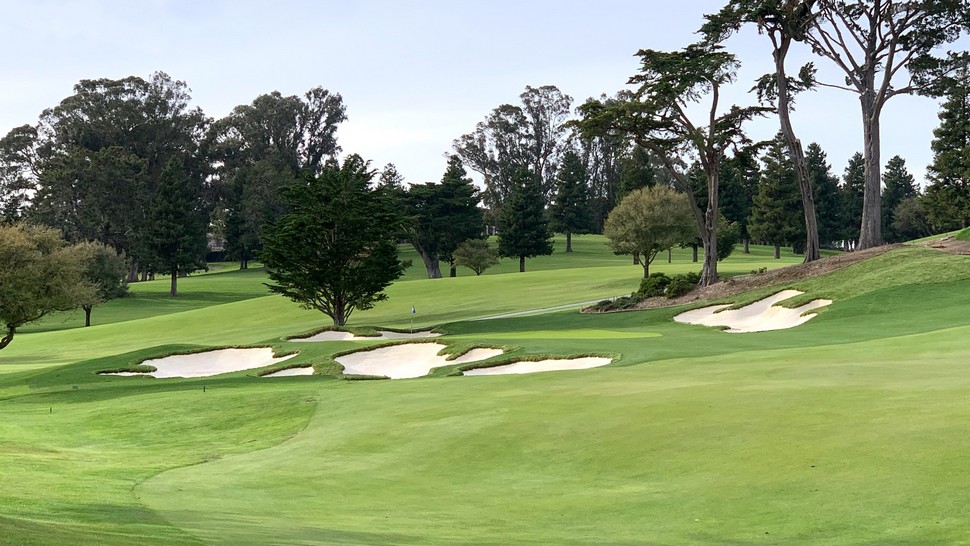
The Eckenrode Story
I was so fortunate to learn the game essentially at Pasatiempo Golf Club, playing high school golf there and working there as well throughout those years. I knew it was a great course, but had no knowledge of golf course design or the history of MacKenzie really.
I was just a high school kid trying to get better at golf. When the Pro Shop would close, we would sneak out and play holes before closing up the cart barn, range etc. and come back to do those in the dark. Just getting in three or four holes was worth it, even though I could play anytime really, but it was a course that you always wanted to keep playing.
With this early exposure, I was really blindly influenced by MacKenzie’s incredible design there. There were holes I loved, but did not really know why. There was character in the routing I loved – with the back-nine weaving in and around the natural barrancas — but did not really know why. I just knew it was a special course, was immensely fun and engaging and one I never grew tired of playing.
Coincidentally, while playing college golf at UC Santa Barbara, we would play another incredible MacKenzie course at The Valley Club every Monday. Again, just blind luck really! At this point, however, I was beginning to think about a career in golf course design. I was more aware of MacKenzie’s incredible work throughout the world, and the course became more of a study for me to learn from. But its characteristics of flow, variety in the routing, bunkering, green complex’s etc, were not lost on anyone really. Nobody passed up practice on Mondays – there was a special character to the course we all knew.
The impact of these two special golf courses really influenced me most of all in creating the interest to be a golf course designer. When you are exposed to such masterpieces, how could you not be?
Forrest Richardson
Forest Richardson Golf Course Architects
Phoenix, Arizona
Has been designing courses since the mid-1980s. Spent 25 years with Jack Snyder, mostly on projects in Arizona, California and Hawaii.
The two completed The Hideout in Utah and the Links at Las Palomas in Mexico, which were among Snyder’s last projects before his passing in 2005.
Forrest Richardson Golf Course Architects was established in 1988 and he is a past president of the American Society of Golf Course Architects (ASGCA).

The Richardson Story
I became obsessed with miniature golf when I was 6 years old. Often begging my parents and uncle to stop so I could at least take a look at the course.
A short time later I played a ‘real’ golf course, and the rest is history.
While still in high school, I met Arthur Jack Snyder who lived not far from my childhood home.
Snyder took me under his wing and showed me what golf design was all about.
Jay Blasi
Owner, Jay Blasi Design
Los Gatos, California
Born and raised in Madison, Wisconsin, Blasi moved to California in 2001 to work for RTJII and opened his own firm, Jay Blasi Design, in 2012.
In 2023 Blasi started a complete redesign of Lakeside CC in Houston and a dramatic transformation of Golden Gate Park in San Francisco. Jay’s other major works include Chambers Bay (Washington), The Patriot (Oklahoma), Siebel Varsity Golf Training Complex at Stanford University (California), SentryWorld (Wisconsin), and Santa Ana CC (California).
Blasi has projects on the books in MN, WA, TX while locally he is getting ready to start a complete redesign of Poppy Ridge for the Northern California Golf Association and is guiding Sequoyah CC to a historic renovation.
The Blasi Story
Golf has been a part of my life since birth. My parents brought plastic clubs to the hospital when I was born and when I returned home there was a putting green in the backyard. From the age of four I was doodling golf holes in crayon at restaurants and picturing golf holes out the car window on road trips.
In high school I was interviewed by the state paper and asked to identify a career goal to which I replied “to design a US Open golf course”.
Perhaps the most impactful moment however was when my parents actively encouraged me to pursue a degree in Landscape Architecture as opposed to business when attending college.
John Fought
John Fought Design
Golf Course Architecture
Scottsdale, Arizona
Began as a professional golfer after winning the 1977 U.S. Amateur. As a professional on the PGA TOUR, named “Rookie of the Year” in 1979 after winning back-to-back events.
When injuries forced him to leave the tour in 1987 he began a career in the field of golf course architecture.
Has worked all over North America on various types of projects from conceptual planning to award winning courses.
Fought’s courses have won numerous awards including, “Best New Course,” and “Best New Renovations.” by leading publications such as Golf Digest and Golfweek. His courses have also held more than 90 national championships since 1996.

The Fought Story
Golf Course Architecture has always been in my blood though I never really pursued it early in my life. I became very interested in golf courses as I traveled and played various tournament venues such as Augusta National, Riviera, Pinehurst #2 and the Old Course at St. Andrews.
Early on in my career as a player I wanted to see the US Open played in my home town of Portland Oregon. This led me to seek out a mentor (Bob Cupp) and find a suitable site.
When I could no longer play tournament golf, I had the time and desire to design golf. Donald Ross courses quickly became of keen interest for me as I had played in the US Open at one of his courses and subsequently won the 1977 U.S. Amateur at Aronimink.
Bob Cupp taught me how to design a course which allowed me to pursue architecture as a profession.
Bruce Charlton
President and Chief Design Officer
Robert Trent Jones II Golf Course Architects
Palo Alto, California
Joined golf firm of Robert Trent Jones II Golf Course Architects (RTJ II) in 1981 and now serves as President and Chief Design Officer.
His body of work is global and has won countless awards and accolades. His more than 65 designs include Bro Hof Slott Stadium and Castle Courses in Stockholm; The Scandinavian Golf Club in Denmark; and Sky Hill Jeju Country Club and Oak Hills Golf Club in South Korea. He has also designed courses in Australia, South America, Japan, and dozens of courses in the U.S.
Charlton served as the president of the American Society of Golf Course Architects (ASGCA) in 2008-2009.
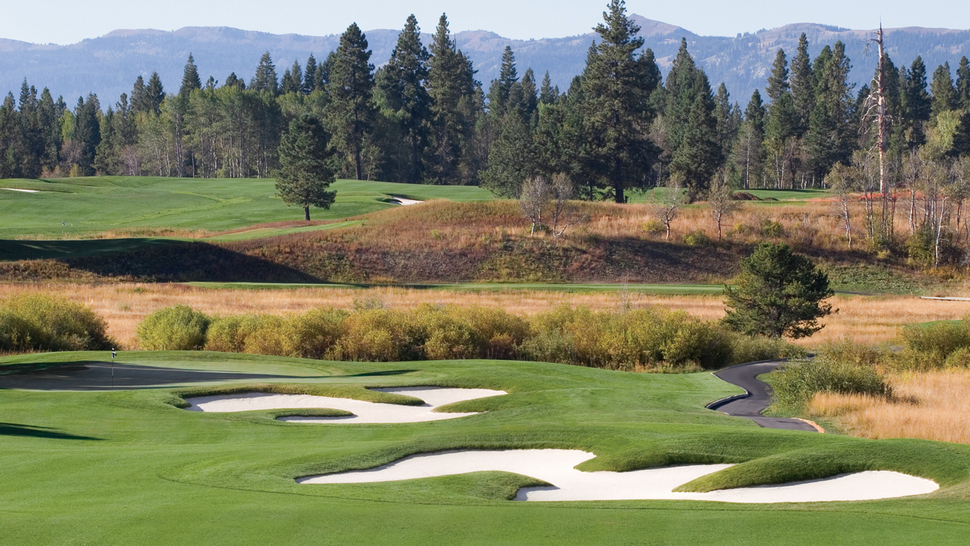
The Charlton Story
The 4th at Manchester Golf & Country Club, in Manchester, Iowa, is a short par-4 that runs along a country road across from cornfields. Each of the nine holes was designed in 1927 by one of the club’s founding members. Local attorney Shannon B. Charlton designed number four. And while the hole has remained virtually unchanged for 80 years, I have remodeled it numerous times in my mind.
Course design was in my blood before I was born, but I never followed the family business of law, which spanned four generations. I worked in golf from the time I was a teenager and always thought, ‘this is as close to heaven as I can be.’
My high school team competed in the state tournament but collegiate golf was another matter. I tried out at Arizona, but wasn’t good enough.
Still, the Arizona climate beat Iowa, so I focused on my studies, combining classes on turfgrass, business law, and real estate, and eventually, found my way to golf course architecture.

